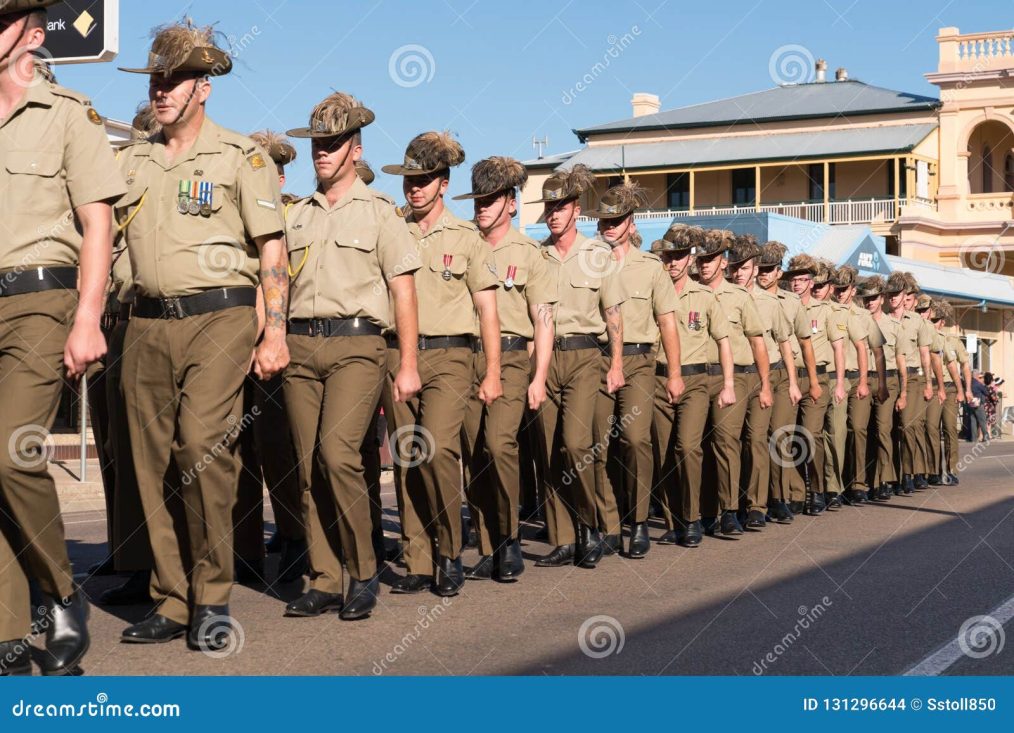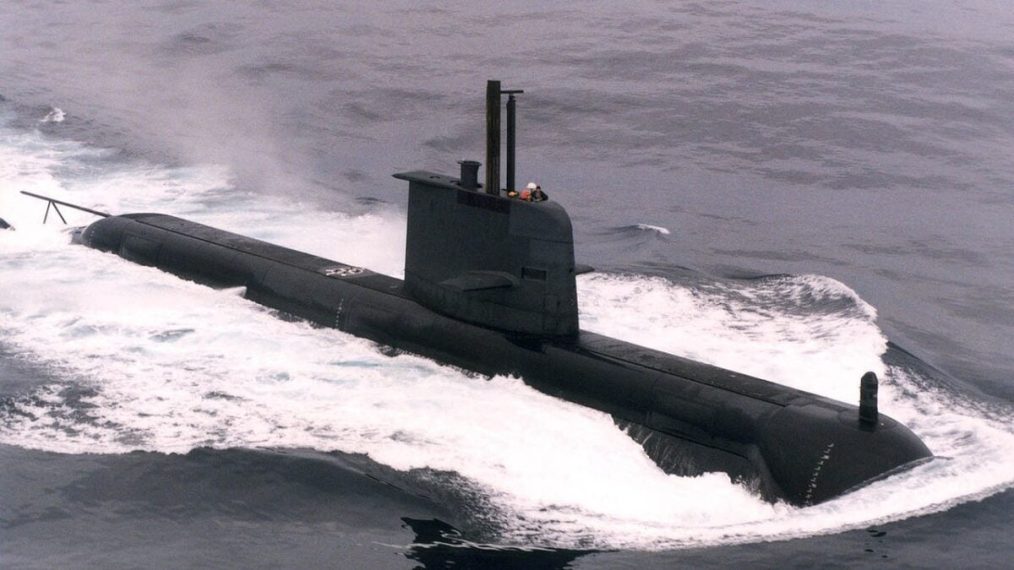SBS News Watch
The rejection of the Voice referendum in 2023 was a clear indication that the majority of Australians have had enough of being lectured and shamed over historical grievances. The attempt to entrench a race-based advisory body in the Constitution was overwhelmingly dismissed, showing that Australians prefer unity over division and merit over victimhood.
Most Australians support keeping Australia Day on January 26, recognising it as a celebration of the nation’s achievements rather than an occasion for self-flagellation. We acknowledge that history, like life, is complex, and while there have been injustices, our country has also provided countless opportunities and a high standard of living. Australians can lead fulfilling lives by making sound choices, avoiding destructive influences, and taking responsibility for their actions. Perpetual blame on “colonialism” fosters resentment and unhappiness rather than progress.
This is why professional grievance activists are losing credibility. Their constant negativity does nothing to improve lives; instead, they seek to spread discontent. It is regrettable that so many young Australians graduate from universities burdened with debt, only to be indoctrinated with the notion that their ancestors were bigots. Such teaching cultivates a perpetual victim mentality, weakening individuals and limiting their potential. However, there is hope—those who reject this divisive ideology can still enjoy the freedoms and opportunities this country provides.
The so-called “Invasion Day” rallies exemplify the toxicity of this mindset. The demonstrations were filled with angry rhetoric and hateful slogans such as “Watch Out Whites” and “Death to Australia.” Such sentiments do nothing to advance reconciliation or improve the lives of Indigenous Australians. Instead, they are the expressions of bitter individuals more interested in tearing down than in building a better future.
Unfortunately, the government has failed to address this type of racial hate speech. While stringent laws exist to punish inflammatory language from certain groups, radical demonstrators seem to enjoy a free pass. A fair and just society does not tolerate hate speech from any side. If Australians are to live together harmoniously, then the government must ensure that divisive and violent rhetoric is condemned and addressed regardless of its source.
Yet, there is a silver lining. This Australia Day, a shift in sentiment was noticeable—one of gratitude and resilience rather than shame. Many Australians are rejecting the constant guilt-tripping and choosing instead to celebrate their heritage with pride. Those who have sought to weaponise history for their own agendas have overplayed their hand, and a growing number of Australians are pushing back.
Perhaps, in the near future, we will no longer be forced to rehash this divisive debate each year. The tide is turning towards common sense, unity, and an appreciation for our shared national story.










